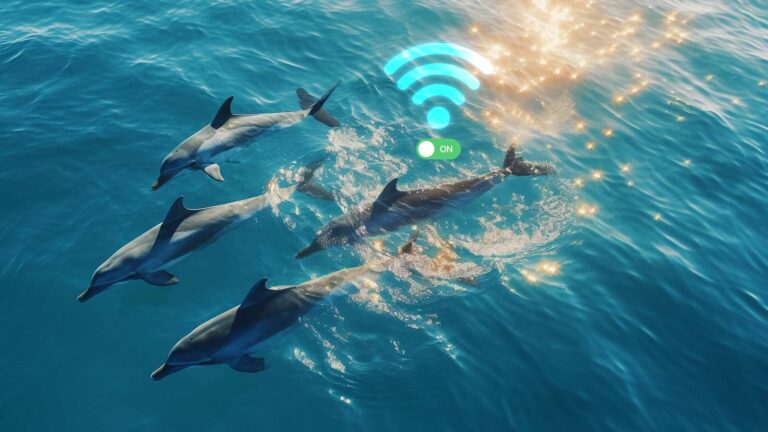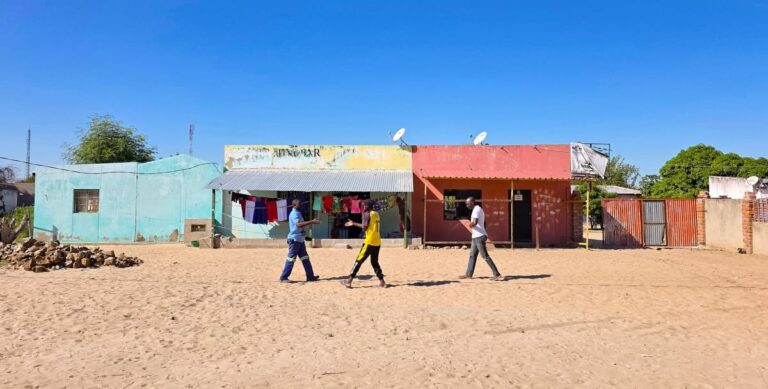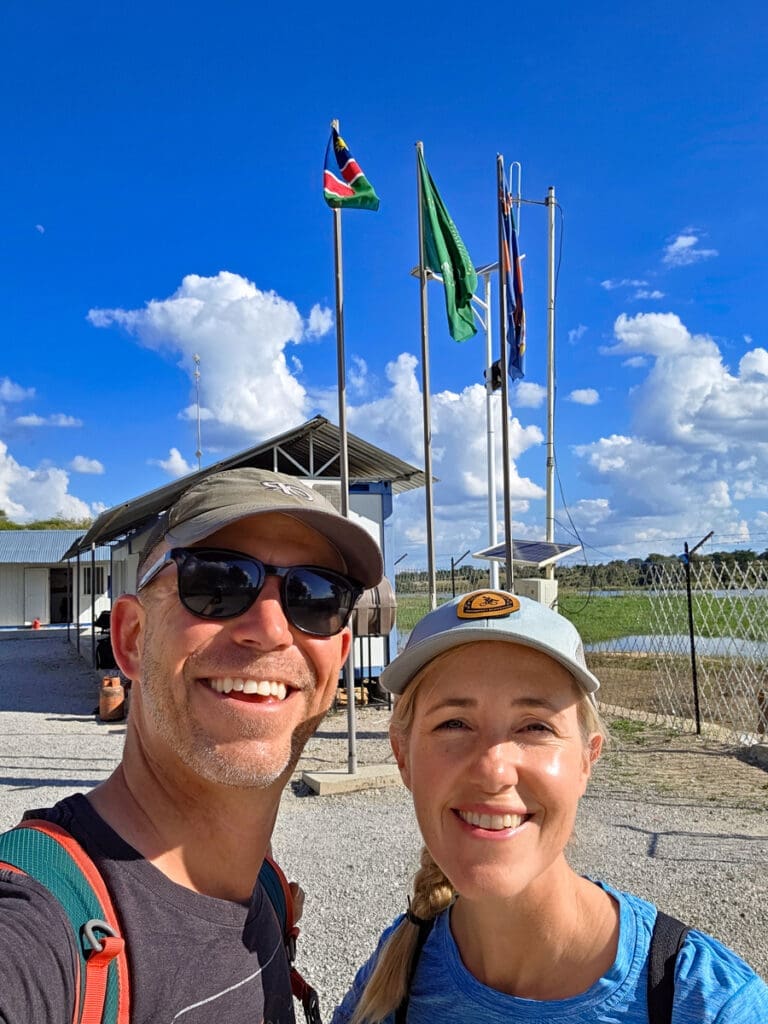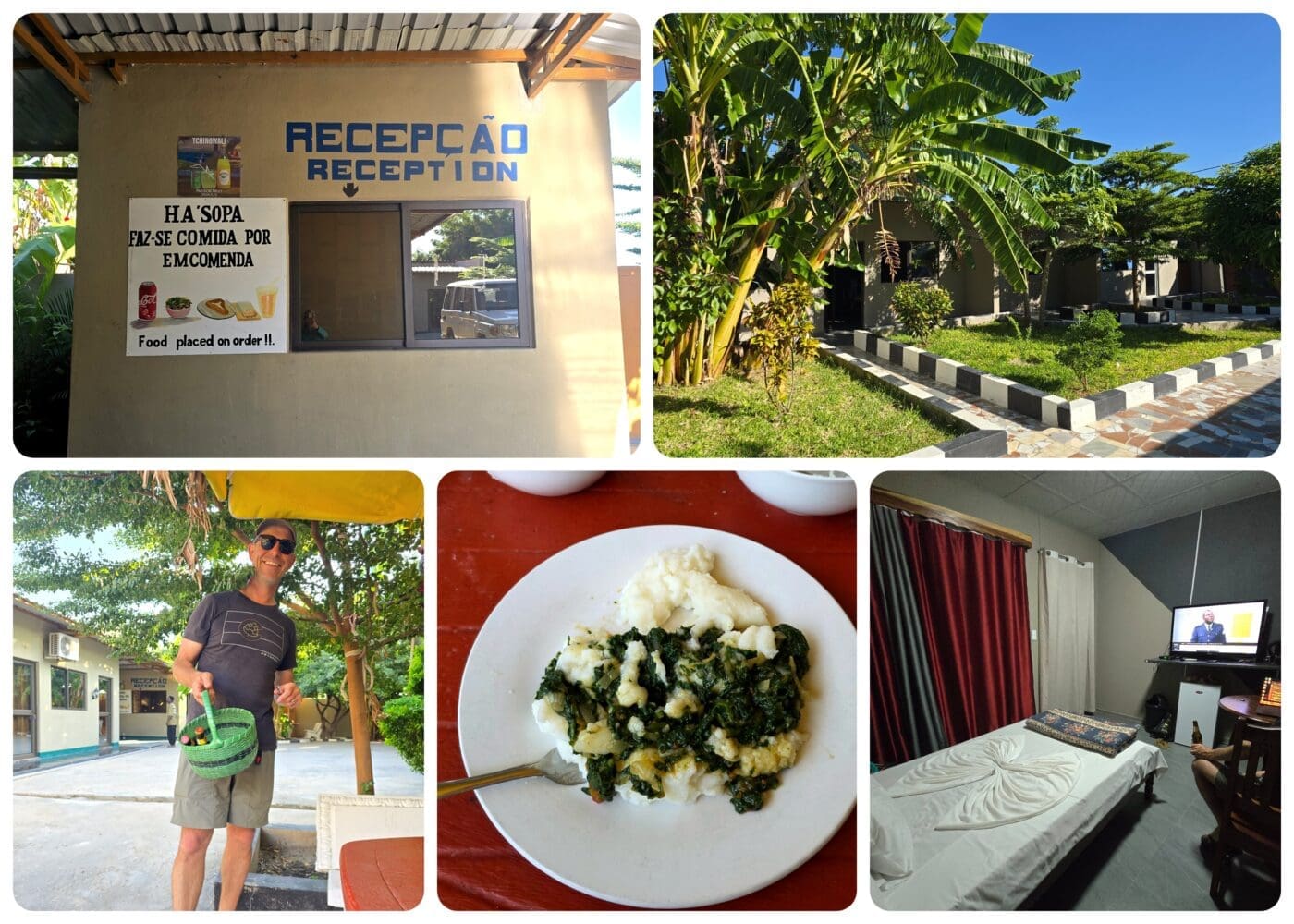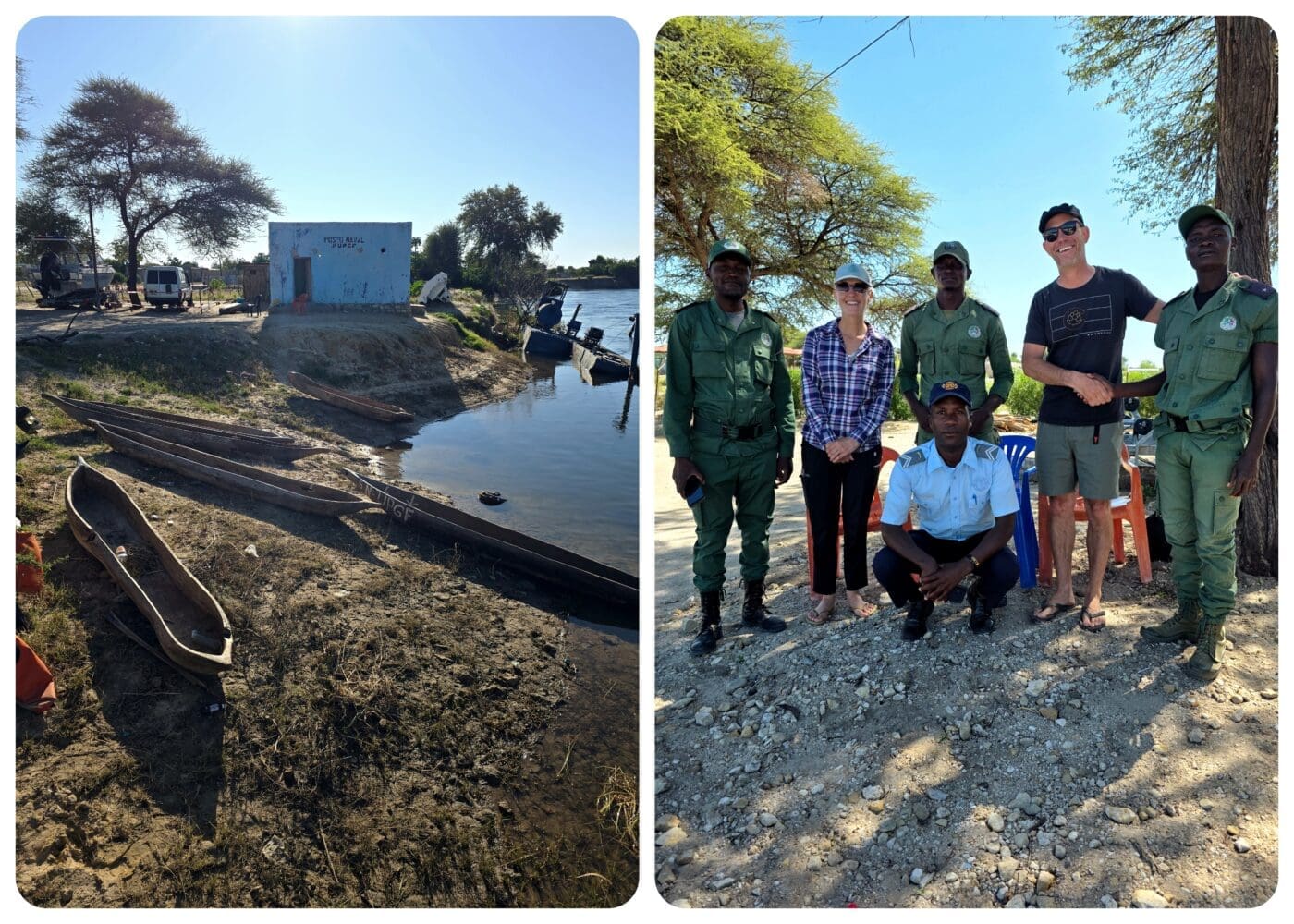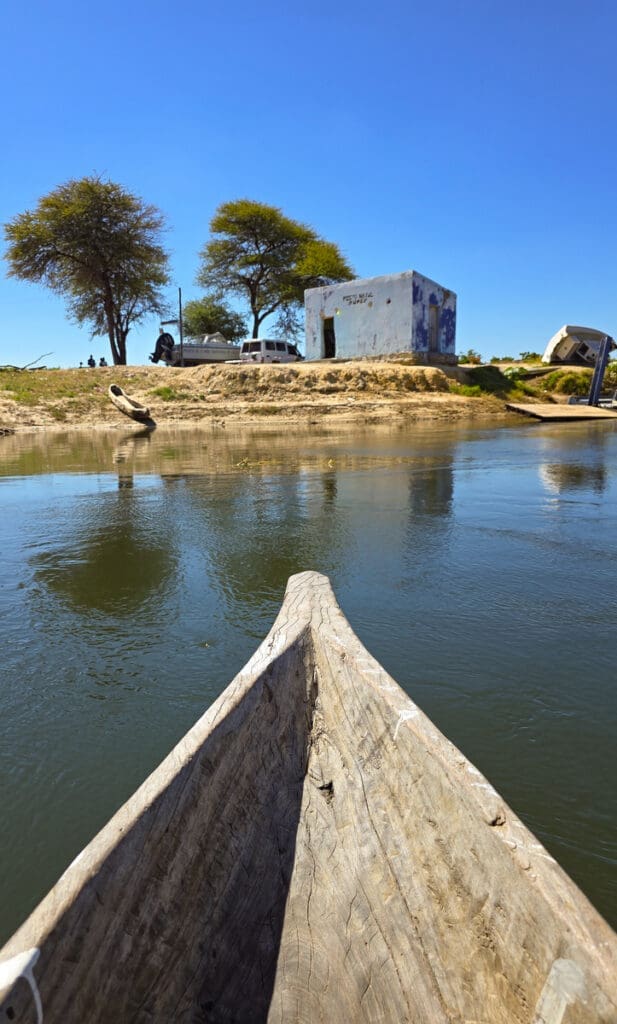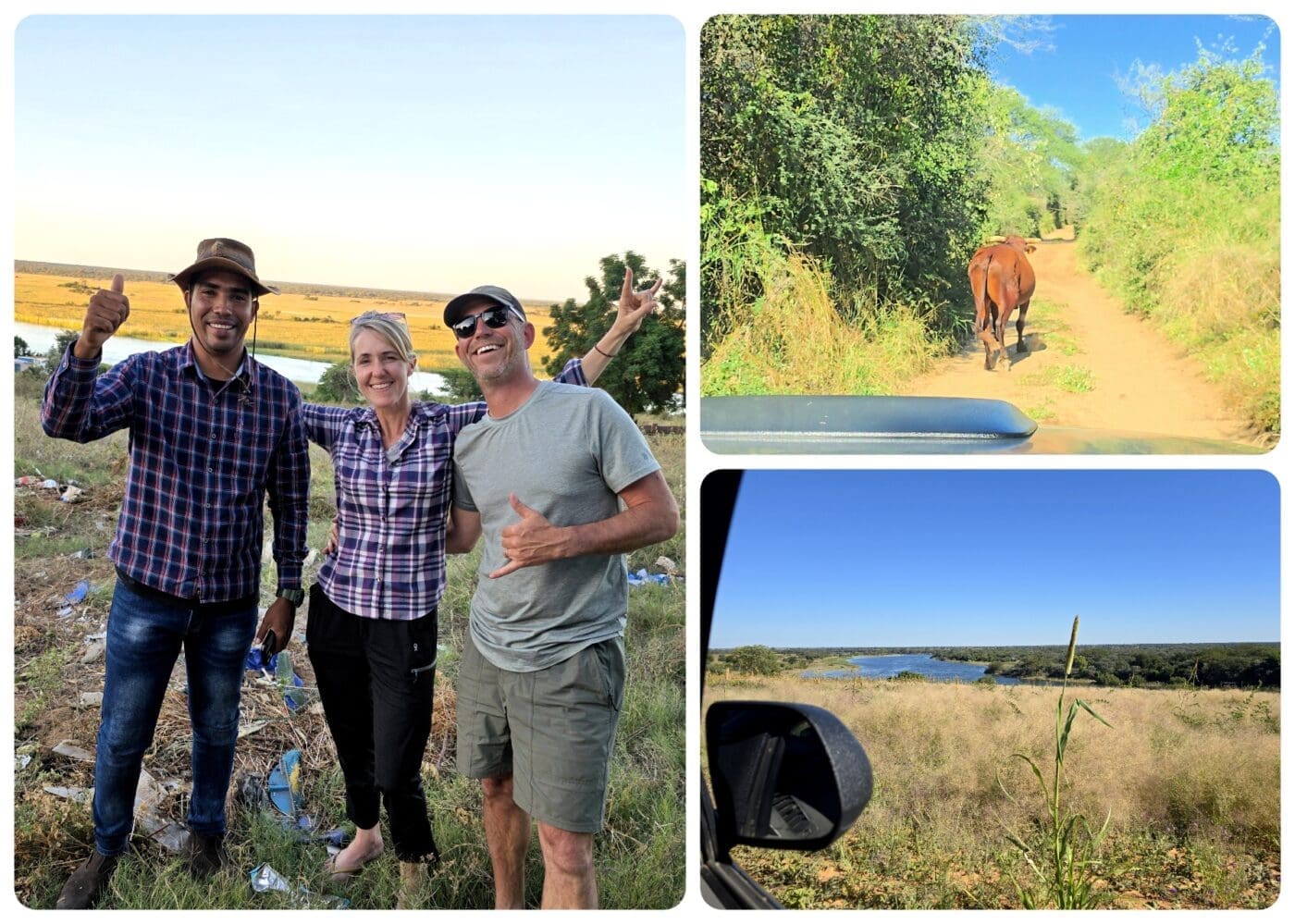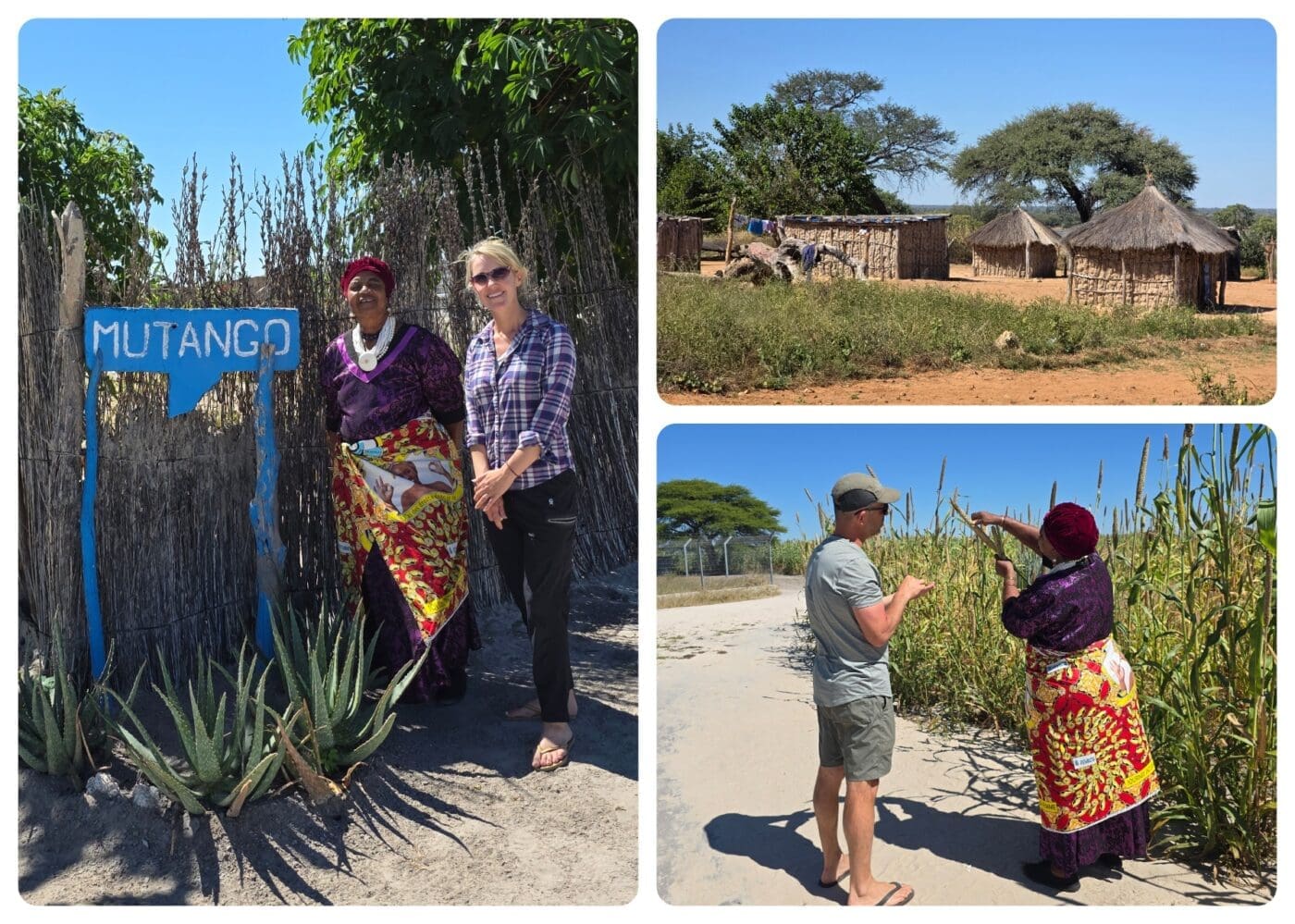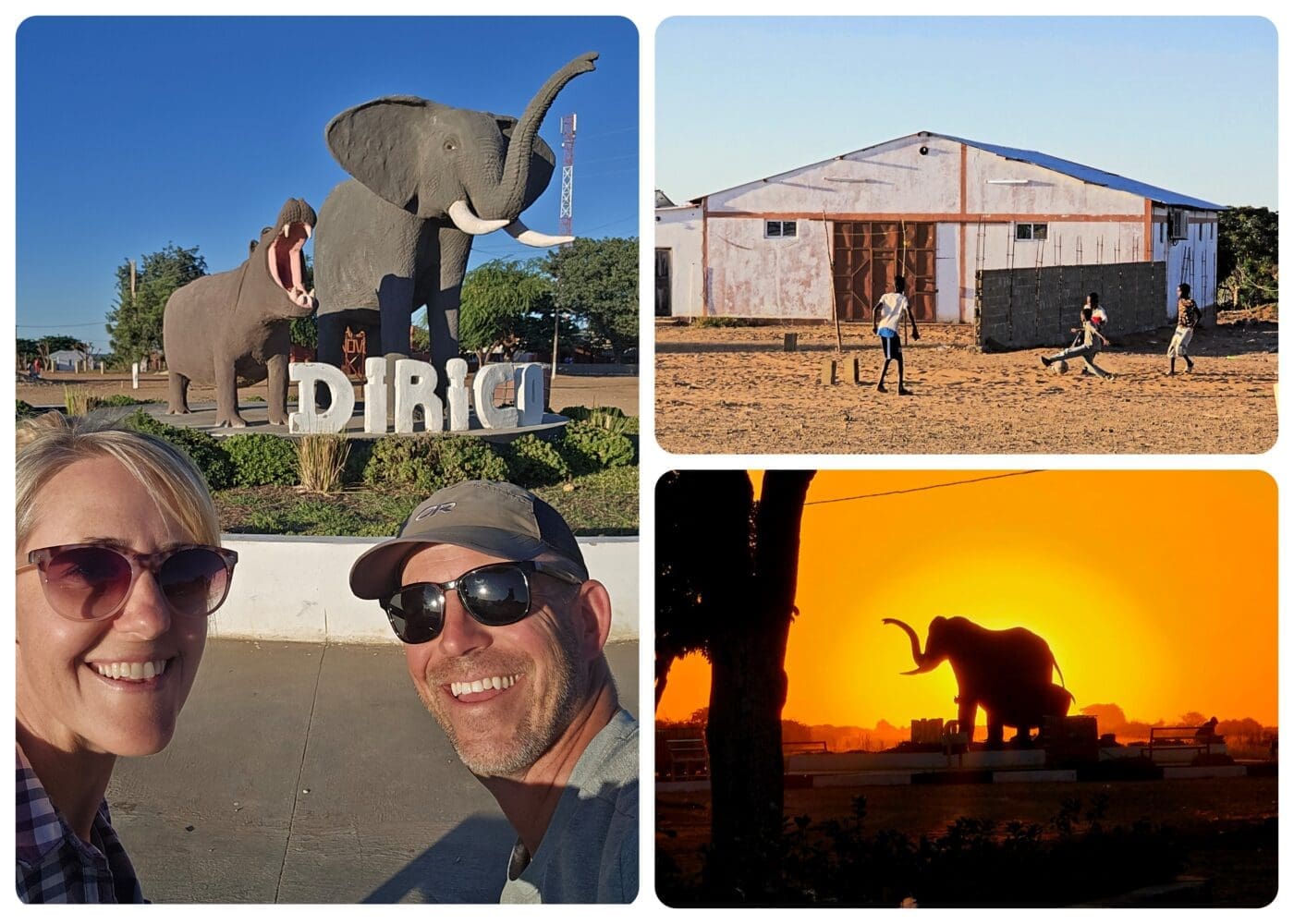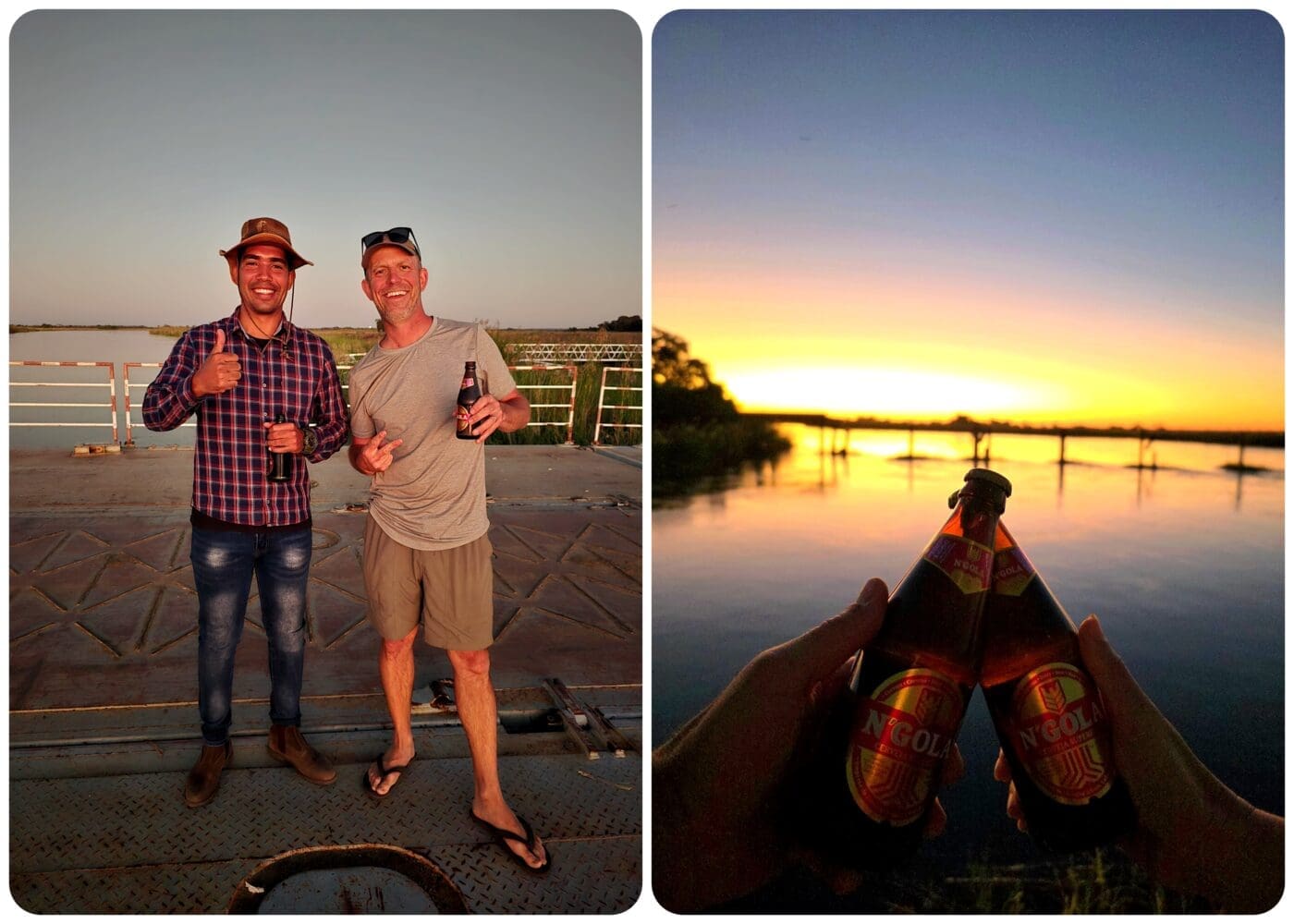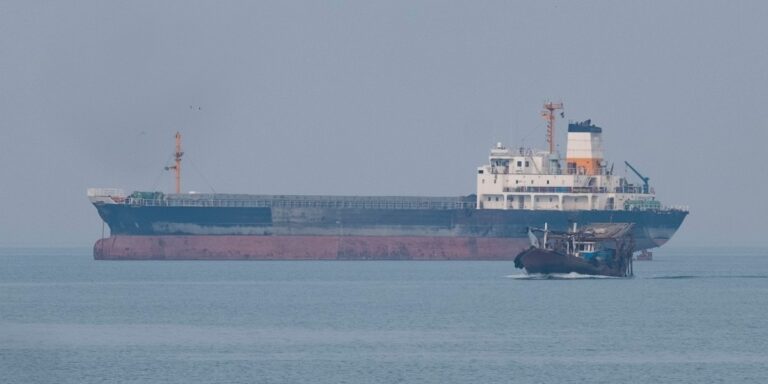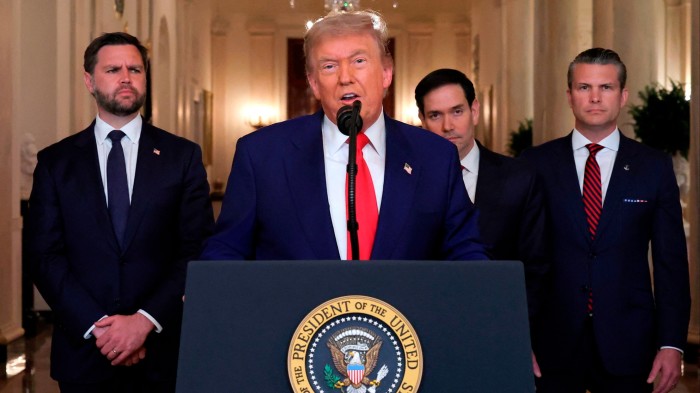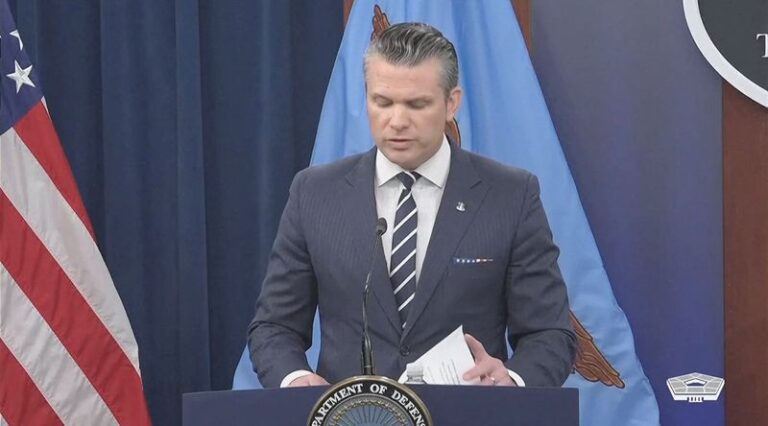Donald Trump took the biggest gamble of his combined four and a half years in the White House on Saturday night in striking Iran and joining Israel’s war against the Islamic republic.
Trump’s primary wager is that Iran and its proxies in the Middle East have been so weakened that the US president can cast his intervention as both limited and successful. It is also a bet that a cowed Tehran will swiftly seek a settlement rather than retaliating.
If Trump is right, he will have achieved a goal that has eluded the US foreign policy establishment for decades: the elimination of the Iranian nuclear threat. And he could cement his own legacy at home and abroad as a strongman who can achieve “peace through strength”.
But the move carries the huge risk of inflaming the Middle East further — jeopardising the security of the US and Israel and backfiring on a president who had vowed not to draw America into new global conflicts.
In a press conference at the Pentagon on Sunday morning, Pete Hegseth, Trump’s defence secretary, said: “Many presidents have dreamed of delivering the final blow to Iran’s nuclear programme, and none could until President Trump.”
But experts caution that the road ahead is full of unknowns — and the US president and his allies cannot claim victory until Tehran’s full response becomes clear.
“It all depends on how the Iranian regime reacts — and it’s not clear what the regime’s capacities and will are at this point. [But] Iran’s network across the region remains operationally lethal, and it is able to sow more instability and terror if it chooses to do so,” said Brian Katulis, senior fellow at the Middle East Institute, a Washington think-tank.
Trump had spent much of his 2024 presidential campaign arguing that he would be a peacemaker in his second term, solving global conflicts rather than fomenting new ones.
But the president, under pressure from Israel’s Prime Minister Benjamin Netanyahu, saw a strike against Iran both as an opportunity to be seized, and a chance to secure a legacy as a leader willing to wield American military power.
On Saturday, Trump seemed to relish his transition from isolationist to warmonger. The president donned a red “Make America Great Again” cap as he gathered with top aides in the White House situation room. During a late-night speech to the nation after the strikes, he warned that he was ready to expand the military campaign against Iran, if needed.
“There will be either peace or there will be tragedy for Iran far greater than we have witnessed over the last eight days,” Trump said. “Remember, there are many targets left . . . But if peace does not come quickly, we will go after those other targets with precision, speed and skill.”
Trump’s vice-president JD Vance — who has in the past been critical of US intervention in overseas conflicts — told ABC News on Sunday: “You can’t be weak. You can’t sit there and allow the Iranians to achieve a nuclear weapon.”
Iran has always been something of an exception to Trump’s non-interventionist mantra. In early 2020, towards the end of his first term, he launched a high-stakes military operation to assassinate Iran’s military commander Qassem Soleimani in Baghdad.
“If Americans anywhere are threatened, we have all of those targets already fully identified, and I am ready and prepared to take whatever action is necessary. And that, in particular, refers to Iran,” Trump said at the time.
On his visit last month to the Gulf region, the US president had issued another clear warning to Tehran. “We want them to be a wonderful, safe, great country, but they cannot have a nuclear weapon,” Trump said. “This is an offer that will not last for ever.”
Those public warnings to Tehran were dramatically stepped up over the past week, as he departed early from a G7 summit in Canada to consider the strikes against Iran. His suggestion on Thursday that the Islamic Republic had two more weeks to bow to US demands proved shortlived.
Dana Stroul, former deputy assistant secretary of defence for the Middle East, now at the Washington Institute for Near East Policy, said Trump’s bellicose shift on Iran was at odds with his earlier stance on foreign policy.
“Trump has repeatedly stated his preference for diplomacy, his desire to make a deal, and his desire to be judged by the wars the United States does not enter into,” she said.
“And here we are, five months into the second administration, and he has entered the United States into direct conflict with Iran, absent a serious articulation to the American people about the intelligence picture, absent serious engagement with Congress . . . about authorising the use of military force.”
Republican lawmakers were quick to praise Trump’s move on Saturday night.
Speaker of the House Mike Johnson, a loyal ally of the president, said the strikes had prevented “the world’s largest state sponsor of terrorism, which chants ‘Death to America’, from obtaining the most lethal weapon on the planet.
“This is America First policy in action,” Johnson added.
Nearly all of the Democrats on Capitol Hill expressed outrage, questioning why the president had neither informed Congress about his plans nor sought lawmakers’ approval.
It remained unclear at the weekend whether US voters would rally behind Trump’s decision. A YouGov/Economist poll out last week showed more than half — 53 per cent — of Trump’s own supporters were opposed to the US joining Israel in striking Iran.
Still, Aaron David Miller, a former US state department negotiator in the Middle East now at the Carnegie Endowment for International Peace, said Trump had “a lot of margin politically” to keep fighting, especially if Iran retaliated.
But he also warned that the window may not be open for long, especially if the war widened or sparked a new energy crisis. “How that would play with Americans being killed, and the price of oil over $100 a barrel, is another matter.”
Jack Reed, the top Democrat on the Senate Armed Services Committee, put it another way: “This was a massive gamble by President Trump, and nobody knows yet whether it will pay off.”





